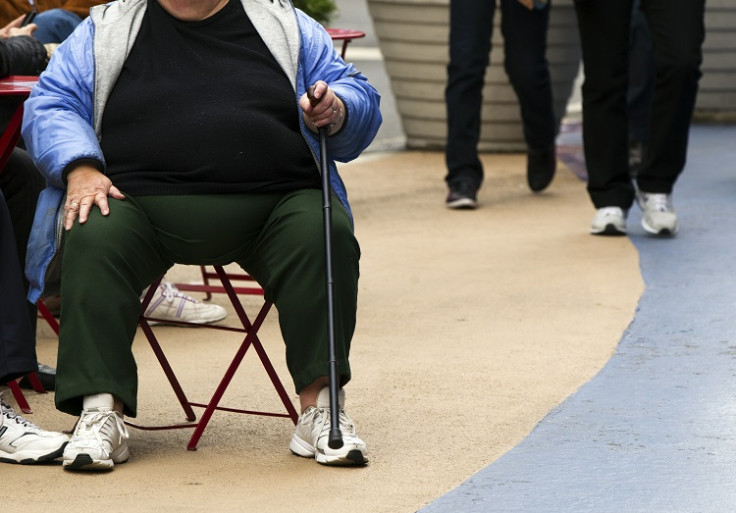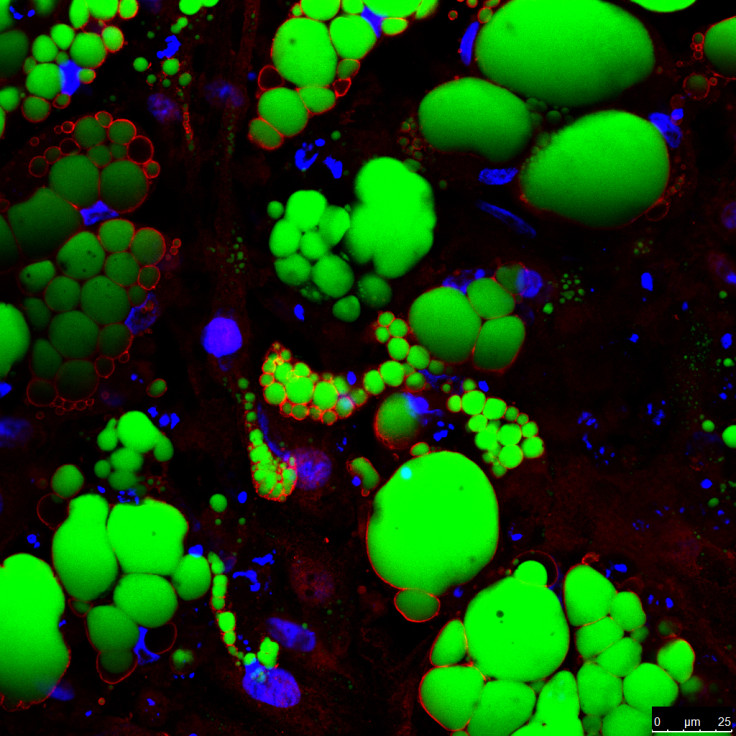Obesity pill 'to replace treadmill' on route after scientists discover how to turn white fat brown

An obesity pill that could "replace the treadmill" is now a step closer after Harvard scientists discovered how to turn white 'bad' fat brown.
Scientists at the Harvard Stem Cell Institute said that while a pill would never provide the additional benefits of exercise, their discovery could be used to control the build-up of fat and associated diseases, like type 2 diabetes.
Currently, it is estimated that 64% of adults in the UK are classed as either overweight or obese. By 2050, it is estimated that half of adults will be obese, and that this will result in a "huge increase" in diabetes, strokes and heart attacks.
Chad Cowan and colleagues say they have identified two compounds that have the potential to turn white fat (bad fat) into brown fat (good fat).
White fat cells store energy as lipids and are involved in the development of obesity, diabetes and heart disease. In comparison, brown fat has been found to lower cholesterol in mice, reduce insulin resistance and burn white fat.
When the body takes in too much energy it is stored as white fat cells. When someone eats too many calories, stem cells in the body produce more white fat cells, increasing the risk of obesity.
Researchers have now found two small molecules that convert fat stem cells – which normally produce white fat – into cells similar to brown fat. These cells burn excess energy, reducing the size and numbers of white fat.

Published in the journal Nature, the researchers say their discovery could lead to safe and effective medication for obesity, but that this is some way off. Their findings will have to be replicated and refined before any form of clinical treatment.
Currently, there are problems with the effect of one of the compounds on the immune system. However, the other is already used by the US FDA as a treatment for arthritis.
Explaining their findings, Cowan said: "You're constantly replenishing your fat tissue, so if you were on a medication to convert the cells, each new fat cell would be more metabolically active and would convert to brown fat over time."
This, they say, would reduce the risk of type 2 diabetes and other conditions relating to fat build up. "What we were really impressed by is that there are some compounds that have this same kind of effect when they are administered to animals, but when you remove them, the effect goes away. But what we saw here was a stable conversion [of the white fat cells to brown cells]."
Cowan is in discussions with a number of pharmaceutical companies to discuss continuing their work. Researchers in Germany are testing the two compounds on mice.
"We expect to have results fairly soon," Cowan said. "The compounds appear to work the same way in mice, but we don't know what the long term metabolic or immune system effects are.
"The good news/bad news is that science is slow; just establishing proof of concept takes an enormous amount of time. We thought that working with stem cells would lead to the discovery of new drugs and therapies, and now it's really starting to happen – a decade of hard basic scientific work is paying off."
© Copyright IBTimes 2025. All rights reserved.






















